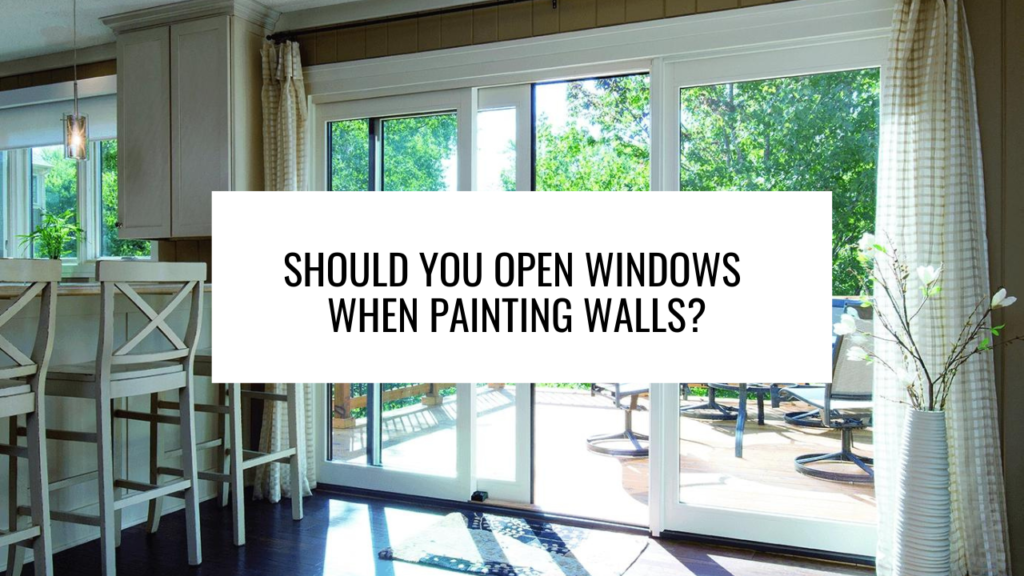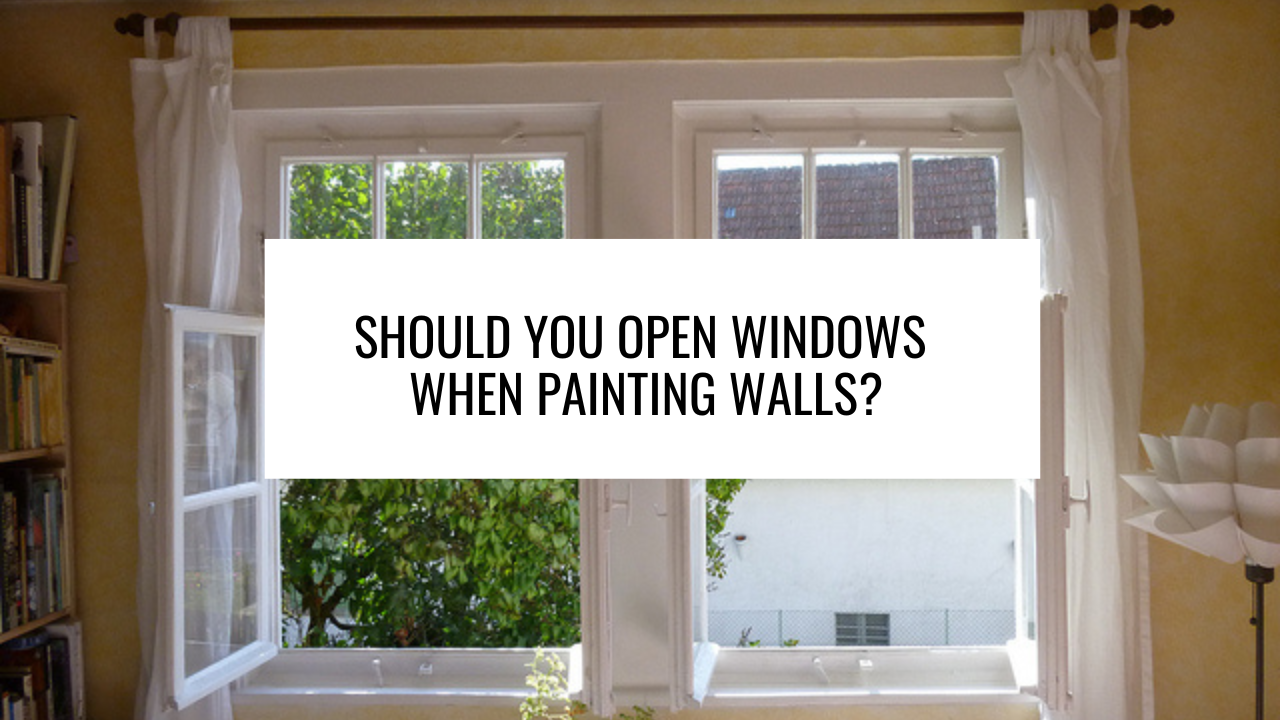When it comes to home improvement tasks, painting walls is one of the most impactful and cost-effective ways to refresh the look of a room. However, the process involves not only selecting the perfect color but also making decisions that affect the environment you’ll be working in. One such decision is: Should you open windows when painting walls? Let’s delve into the considerations to help you determine whether opening windows is the right choice for your painting project.
Ventilation Matters:
Paints contain volatile organic compounds (VOCs), which are chemicals that can evaporate into the air as the paint dries. These compounds can release potentially harmful fumes that could affect indoor air quality and your health. Opening windows during painting allows fresh air to circulate and helps disperse these fumes, reducing your exposure to them. Adequate ventilation can also speed up the drying process by allowing moisture to escape, ensuring a smoother finish.
Health Concerns:
As mentioned earlier, VOCs released from paint can contribute to indoor air pollution. Prolonged exposure to these fumes may lead to symptoms such as headaches, dizziness, eye and throat irritation, and even respiratory issues. Children, the elderly, and individuals with respiratory sensitivities may be more vulnerable to these effects. By opening windows, you can mitigate these risks and create a healthier environment for both yourself and your loved ones.
Climate Considerations:
The decision to open windows while painting can also depend on the climate in your area. If it’s too cold or rainy outside, leaving windows open might not be practical. In such cases, you can still ensure proper ventilation by using fans or air purifiers strategically placed in the room. On the other hand, if the weather is conducive, opening windows can provide cross-ventilation, accelerating the dissipation of paint fumes.
Paint Type and Odor:
Different types of paints have varying levels of VOCs and odors. Water-based paints, for instance, typically have fewer VOCs and a milder odor compared to oil-based paints. If you’re using a paint with low VOC content, you might feel less compelled to open windows. However, even low VOC paints can still release some fumes, so it’s generally a good idea to maintain ventilation regardless of the paint type.
Your Comfort:
Your comfort during the painting process matters too. Working in a stuffy, odorous room can be unpleasant and might even affect the quality of your work. Opening windows can create a more comfortable atmosphere, making the task more enjoyable and potentially more productive.
Conclusion: Should You Open Windows When Painting Walls
Opening windows when painting walls is a practice that can greatly benefit both your health and the outcome of your project. Adequate ventilation helps disperse harmful fumes, reduces exposure to VOCs, and creates a healthier indoor environment. However, remember to consider the climate, the type of paint you’re using, and your personal comfort before making a decision. If opening windows is not feasible due to weather conditions, you can still use alternative methods like fans and air purifiers to ensure proper ventilation. Ultimately, the goal is to strike a balance between achieving a beautiful paint job and maintaining a safe and comfortable workspace. For more professional help, refer to Sarson Painting.


